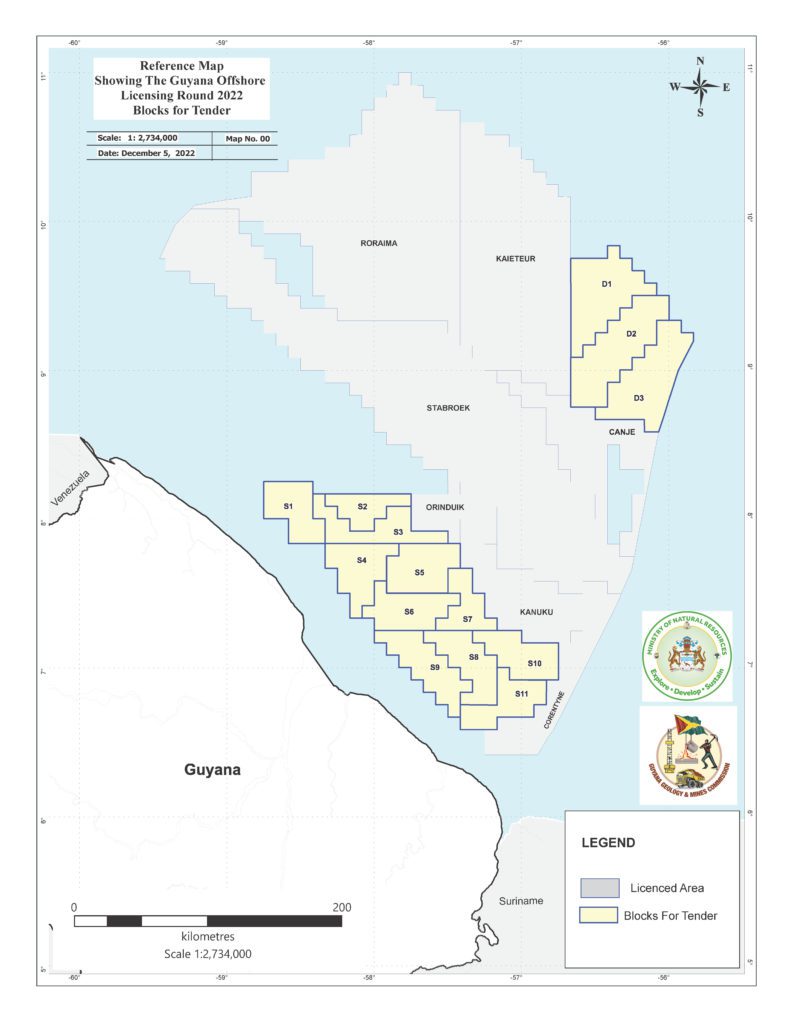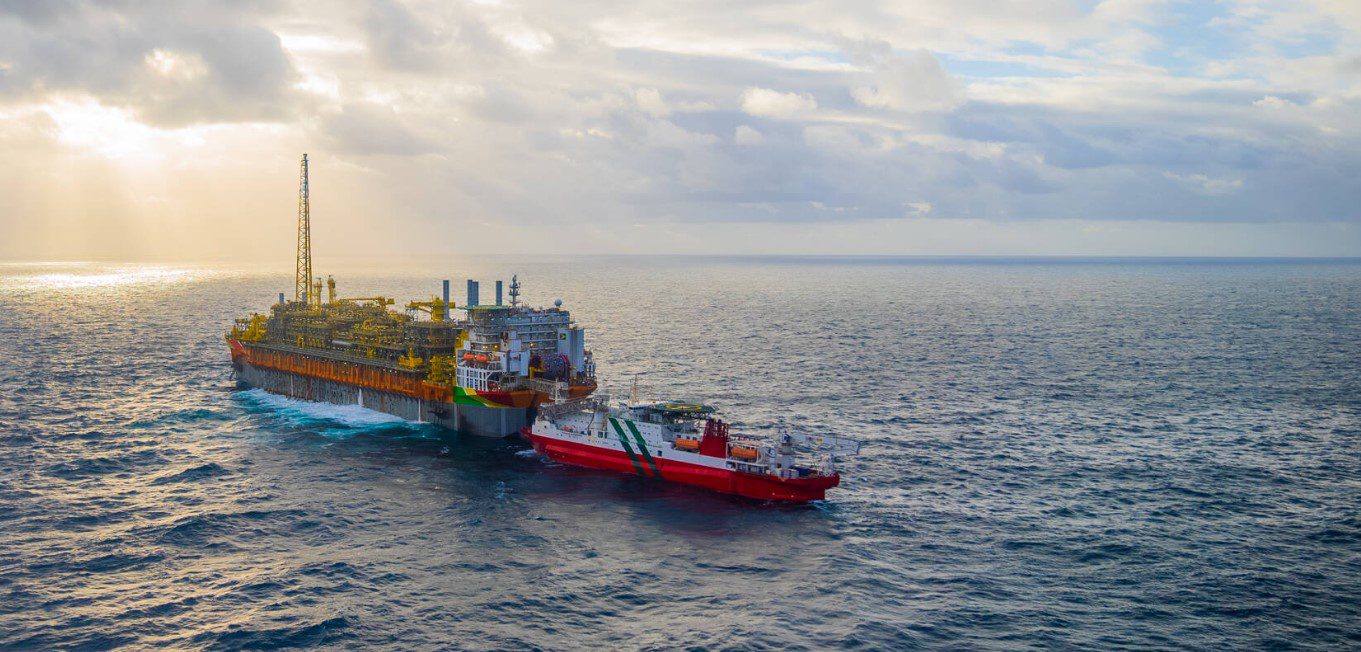With Guyana’s draft model petroleum agreements now in the public domain, it is clear that the government is seeking to encourage international oil companies (IOCs) to commit to development of commercial discoveries in a timely manner. The contract effectively sets a 7.5-year hourglass on development decisions, with multiple intervals for companies to give assurances. If a contractor does not decide to proceed to development when a commercial discovery is made, as guided by the agreements, they stand to lose their rights to the discovery area.
For both deep and shallow water discoveries, contractors have within 30 days of rig release to serve a notice of discovery to the government. There is an eligibility to extend this deadline by 40 days, if more tests are needed. But once that notice is served, the contractor will have 105 days to tell the government whether it has a potential commercial interest in a discovery. If it doesn’t, the contractor will have to surrender the discovery area back to the government, along with any exploration rights. This stands in contrast to what has obtained in prior years. Companies have made discoveries without giving notice to the government of their interest/intent going forward and have kept the areas anyway.
Under the new draft agreements, a contractor may elect to postpone the serving of this notice, but such postponement is at the government’s discretion. The company could make several arguments, including that it wants to drill another well to develop two jointly, or that the market may be more welcoming of the resource at a later date. The retention allowance, subject to an annual holding fee of US$2 million, is five years, split into an initial period of three years and a renewal period of two.

Whether a notice of potential commercial interest is served shortly after a commercial discovery, or in the retention period, it will kick off an appraisal programme that must be carried out within 30 months. Coming down to the end of the appraisal period, the contractor will have to furnish the government with a comprehensive evaluation report, a notice of commercial discovery, and and an application for a production license.
The contracts therefore guide contractors toward a production development, with a negative decision at various intervals opening the area up for surrender to the State.
The draft contracts are expected to be followed by an amendment to Guyana’s Petroleum (Exploration & Production) Act. The current Act and contracts seek to guide companies toward development decisions as well, but enforcement is not as strict.
Having had trouble with companies struggling to meet commitments and develop discoveries in the past, the government is taking a more ‘no nonsense’ approach.
Vice President Dr. Bharrat Jagdeo has said that it is “none of our business” if a company “can’t raise the money” or is otherwise inhibited in developing a block.
If a company has no commercial interest in a find, or is dragging its feet, the government could now move swiftly to find some other company that may move with alacrity.
The draft contracts are open for consultation, with March 28 set as the deadline for submission of comments.
The ExxonMobil-operated Stabroek Block is on record as having one of the fastest deepwater developments in history, with the Liza Phase 1 project coming online in December 2019, less than five years after the discovery was made in 2015. The FPSO Liza Destiny was constructed and delivered ahead of time by Dutch floater specialist SBM Offshore, paving the way for Guyana’s entry as an oil producing nation.
Click here to get more details on Guyana’s Licensing Round: https://oilnow.gy/glr2022/



